15 Spanish Music Facts That You Probably Didn’t Know
If you’re interested in Spain, and particularly in Spanish music, you’ve found the right post.
Here, discover 15 Spanish music facts you probably didn’t know about! 🎶
The Best Spain Music Facts
Spanish music is very interesting and full of history. There is probably a lot that you don’t know about it, so let’s dive into it:
1. The most important element in flamenco is… singing
Flamenco is a sensual dance originating most probably from Andalusia, in southern Spain, though its exact creation is disputed. The oldest recording dates back to 1774, and it is now a very important part of Spanish culture. You can see flamenco in lots of festivals nowadays, all around the country, every year.
However, though you probably think of it as a dance, singing is actually what’s most important. In fact, flamenco consisted of only singing and hand clapping when it first started!
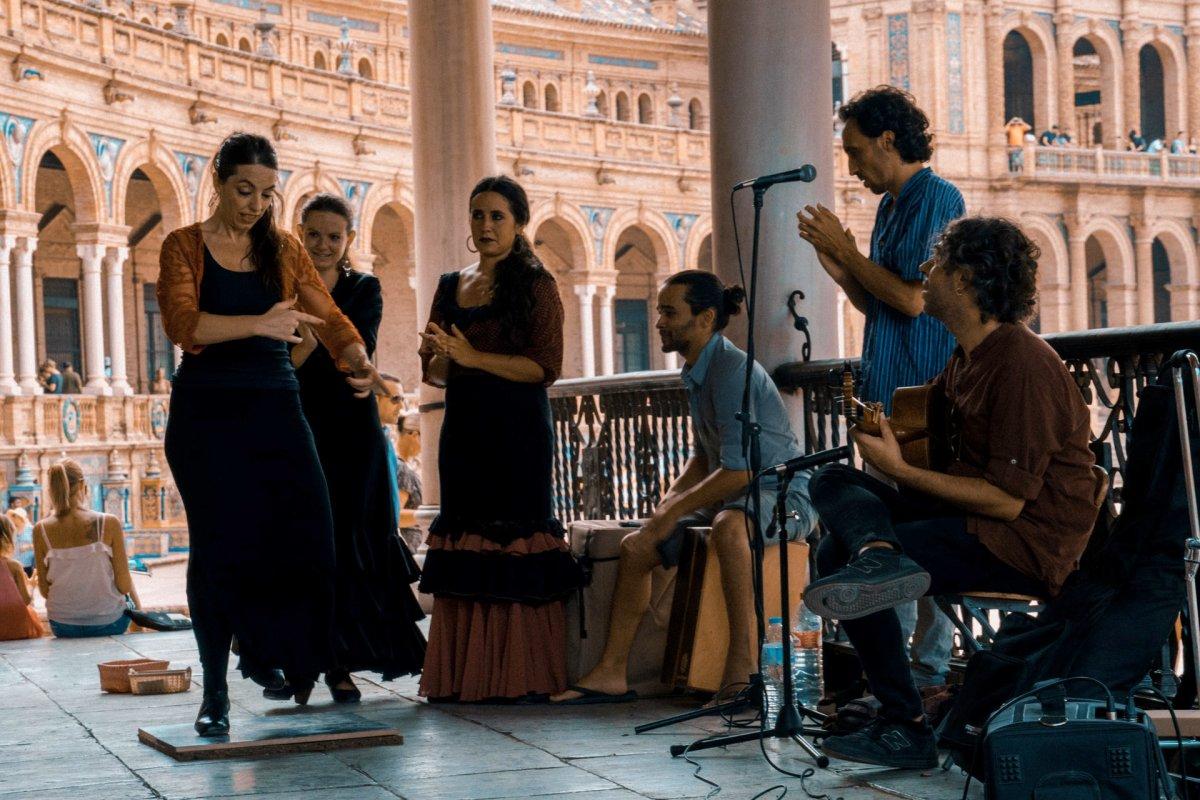
2. There are some very talented Spanish composers and classical music singers
You might be surprised by how talented Spanish composers and classical music singers are. Though they are not that reputed, they definitely deserve a lot more attention. First of all, there are famous opera singers like Plácido Domingo, Montserrat Caballé and José Carreras.
On top of that, composers like Albéniz, Manuel de Falla, or Pau Casals are also gifted. If you like classical music, you should definitely listen to their works.
3. “La Movida Madrileña” is a punk wave that emerged in the capital during the 80s
La Movida Madrileña is an important time in Spanish music history. It happened in Madrid during the 1980s, and it was a counterculture movement. Definitely influenced by British punk, the Movida’s main idea was to break the Francoist dictatorship conventions as a sign of protest. It has been featured in several movies and TV shows, the most famous one being “La Edad de Oro”.
The most famous groups of this movement are Radio Futura, Los Secretos and Naca Pop.
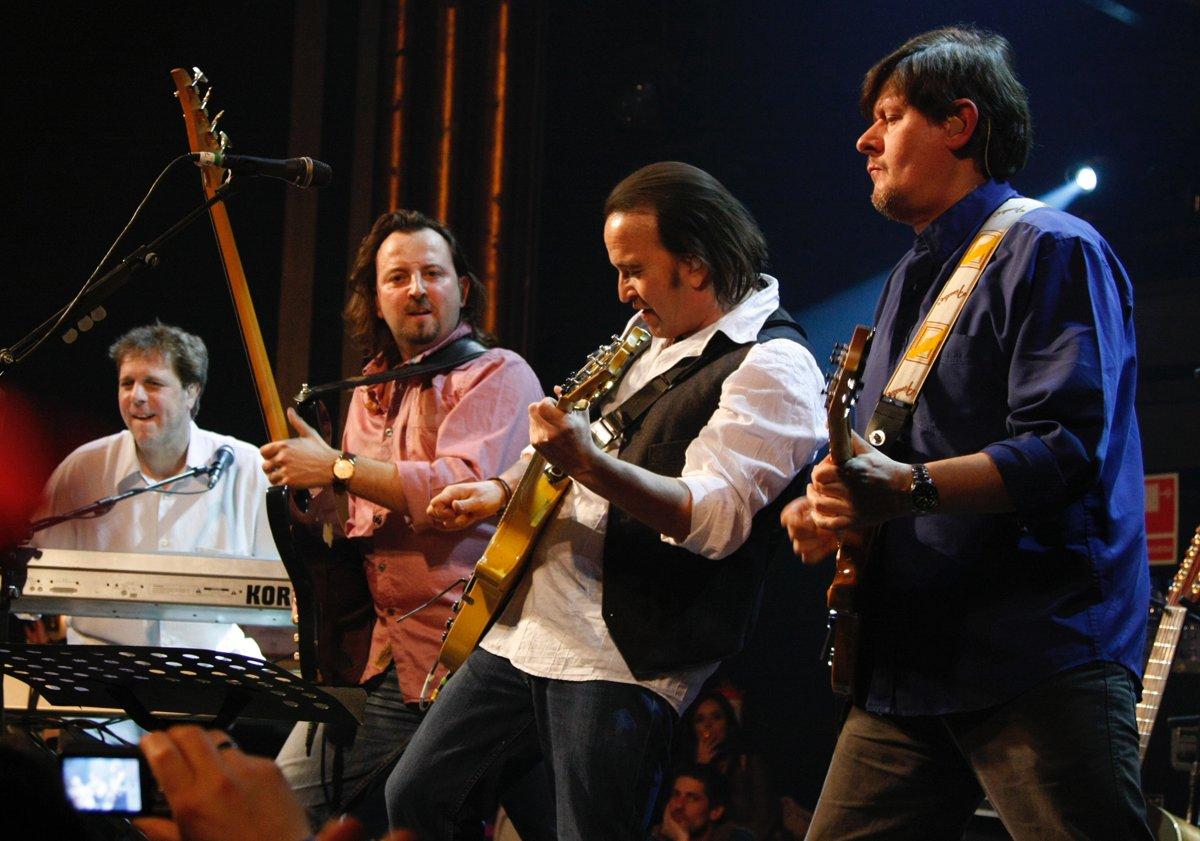
Fermín R.F / CC BY / Los Secretos
4. Spanish popular music started to spread after the invention of the phonograph
What we now know as Spanish popular music began its development at the end of the 19th century, because of the invention of the phonograph and the first recordings of folk music. After that, at the beginning of the 20th century, several genres like the famous “bolero” or the “copla andaluza” began to grow and quickly became very popular.
Julio Iglesias, with his romantic ballads, is the most famous singer of this genre, which was influenced by both Italian and French music.
5. The British Invasion in 1964 brought rock and pop music to the country
When The Beatles arrived in the United States in 1964, what is called the British Invasion started. It is a cultural phenomenon that happened during the 60s, during which British rock and pop music, but also its culture in general, began to spread to the United States and to lots of major countries.
Spain was one of them, and its music was very influenced by the British Invasion. Los Bravos released “Black is Black” (a song in English, not Spanish) in 1966, and it was the first song to successfully cross the Spanish border.
6. The Eurovision Song Contest popularized some Spanish songs and artists
In case you don’t know, the Eurovision Song Contest is a yearly song competition featuring mostly European countries, but also a few others, like Australia. Every country brings their own group or singer as well as an original song of theirs, and then the best of them is elected after voting from everyone.
Starting in the 60s, this contest helped make Spanish songs and artists popular abroad. The best result the country ever had was second, with the famous “Eres Tú”, by Mocedades.
7. During the 70s, there were lots of protest songs against the Francoist dictatorship
Francisco Franco is infamous for ruling Spain for almost 40 years in a strict dictatorship. From the Spanish Civil War in 1936 to his death in 1975, the country was subject to censorship and injustice.
Because of that, protest songs started to rise during the 1970s. Their goal was to stand up for the disadvantaged, and their most famous singers are Joan Manuel Serrat and Lluís Llach.
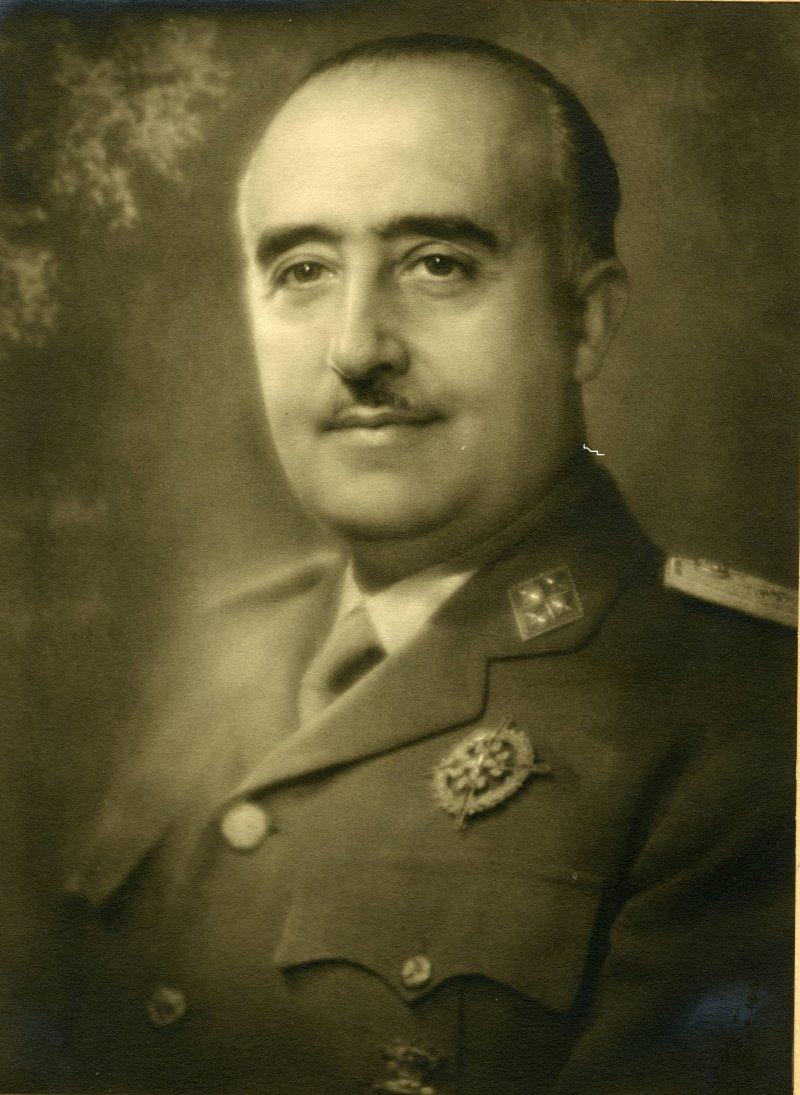
Francisco Franco, dictator of Spain from 1939 to 1975
8. There are lots of Spanish musical genres
The list is long, but let’s just talk about some of them to give you a rough idea of the Spanish music landscape.
Bolero is a musical air and a dance, at ¾. There are some variations depending on regions, like in the Balearic Islands or Cuba. Muñeira is a traditional Galician song and dance, accompanied by lots of instruments. Finally, Folia is a dance and rhythm coming from the Canary Islands. It is danced in circles, and the music is usually sad.
9. Andalusian music is very developed
In Andalusia specifically, music is very unique compared to lots of Spanish regions. You already know it, flamenco comes from there, but there is more.
The Moors, the people who ruled Spain for almost 700 years, made huge contributions to Andalusian music. The classic Arabic music in Spain was called Arab Andalusian. Other genres include sevillanas (in Seville), verdiales (in Malaga) and rock andaluz (in Andalusia in general).
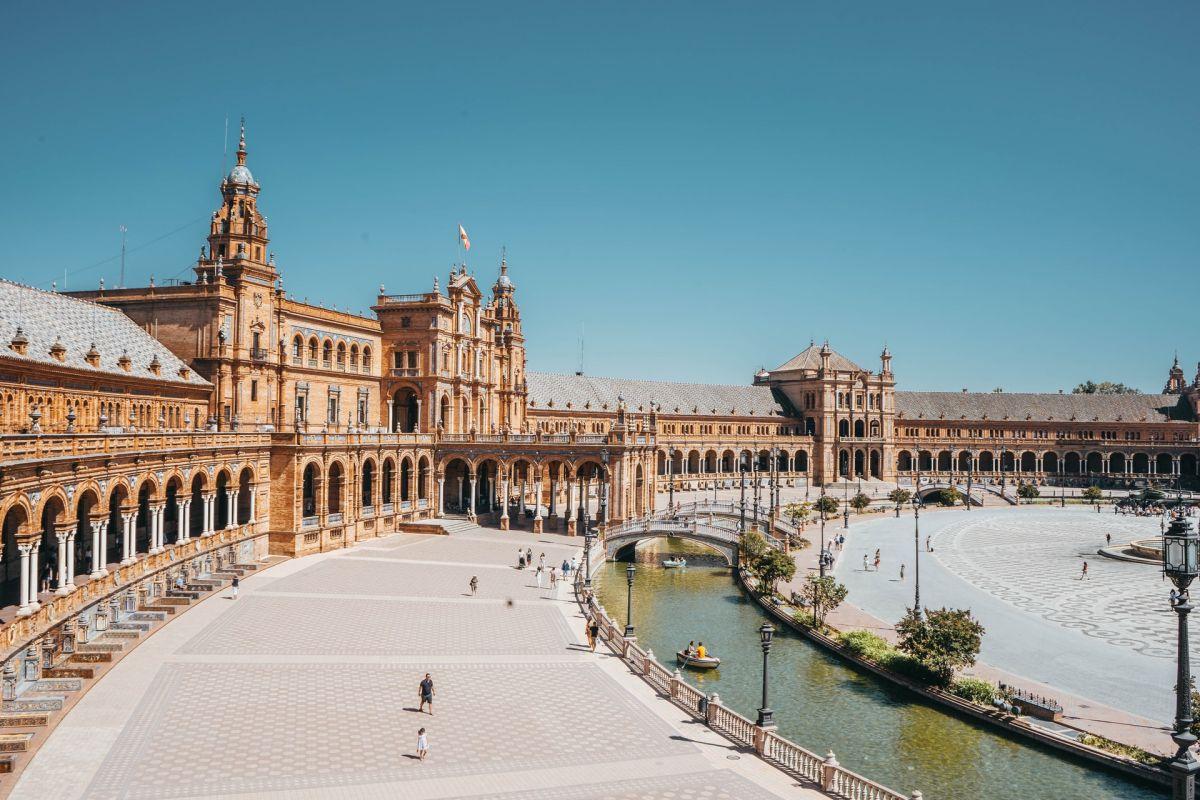
Seville in Spain
10. Bacalao takes its roots in Valencia
During the mid 80s, a new genre emerged in Valencia. Before people massively go to Ibiza, Valencia was the place for clubbing. It was the Spanish capital of hedonism and introduced what is today known as the party city.
In lots of clubs, you could listen to bacalao, which comes from Valencian DJs slang: it was meant to describe good music imported from outside the country. You can still find some bacalao clubs today in Valencia.
11. Spain is home to some of the most amazing concert venues
I have already told you about it, classical music is very famous and developed in Spain. Composers, singers and musicians are all ready to entertain you.
But what’s most impressive regarding classical music is actually the concert venues that you can find in Spain. The Auditorio Nacional de Música, in Madrid, is home to Spain’s national orchestra, and seats more than 2,300 people. In Barcelona, Palau de la Música is a bit more eccentric but hosts very important concerts.

Palau de la Música in Barcelona
12. The modern guitar was invented in Catalonia, Spain
The modern guitar is a huge part of Andalusian music and that is probably why, whenever you try to picture someone playing it, you immediately think of the southernmost region of continental Spain.
The guitar we know today was invented in Catalonia, Spain. Spaniards dedicated a whole genre to classical guitar, with the most famous Carlos Montoya and Manuel de Falla.
Read more: Learn more about Catalonia on this post.
13. There are lots of music festivals in Spain every year
Tons of festivals happen every year in Spain, all around the country. It is famous for being one of the best places in the whole world to party at any time!
There are very different styles for everyone to enjoy. For instance, in Cuenca, at the end of March, there is a religious festival called “Semanas de Música Religiosa”. In Granada, in summer, there is the “Festival Internacional de Música y Danza”. Finally, in Barcelona, in autumn, you can go to the “Festival Internacional de Música”.
14. The Gypsy Kings are some of the most popular and well-known artists from Spain
You have probably heard at least one song of the Gypsy Kings. They are renowned worldwide, and were born in France from “gitanos” parents.
The group will give you a taste of the sunny Andalusia, and most of their initial success happened in America. Their mix of English and Spanish is what made them so successful, expanding in both markets at the same time.
15. Nowadays, the most famous Spanish songs are mostly full of Latin rhythms
If you turn on the radio in Spain nowadays, you will probably be surprised compared to everything that I’ve told you in this list. That is because commercial music is very different from historical Spanish music, just like in most countries.
The Spanish songs that people listen to at the moment are mostly either filled with latin rhythms, or inspired by English popular music.
So there you have them, the 12 Spain music facts that you probably didn’t know! I hope you enjoyed them, and that you learned something new today.
More Facts!
Did you like these facts about Spain music?
Well, I have more facts about Spain, I’m sure you’ll love reading them!
Here’s the main guide of the best Spain facts 👉 All the Facts about Spain
Check out these facts by city/region:
- Facts about Madrid
- Facts about Catalonia
- Facts about Bilbao
- Facts about Barcelona
- Facts about Seville
- Facts about Malaga
- Facts about Granada
- Facts about Valencia
- Facts about Castilla La Mancha
Or these Spain facts by topic:
- Facts about Christmas in Spain
- Facts about la Semana Santa in Spain
- Facts about religion in Spain
- Facts about Spanish food
- Facts about the Spanish language
- Facts about bullfighting in Spain
- Facts about schools in Spain
- Facts about sports in Spain
Or click here to see ALL the facts up on the blog! Spoiler alert: there’s A LOT of them.
The Full List of 12 Spain Music Facts
- The most important element in flamenco is… singing
- There are some very talented Spanish composers and classical music singers
- “La Movida Madrileña” is a punk wave that emerged in the capital during the 80s
- Spanish popular music started to spread after the invention of the phonograph
- The British Invasion in 1964 brought rock and pop music to the country
- The Eurovision Song Contest popularized some Spanish songs and artists
- During the 70s, there were lots of protest songs against the Francoist dictatorship
- There are lots of Spanish musical genres
- Andalusian music is very developed
- Bacalao takes its roots in Valencia
- Spain is home to some of the most amazing concert venues
- The modern guitar was invented in Catalonia, Spain
- There are lots of music festivals in Spain every year
- The Gypsy Kings are some of the most popular and well-known artists from Spain
- Nowadays, the most famous Spanish songs are mostly full of Latin rhythms
Share the knowledge! Click on the buttons below to share these facts with your friends, and help them learn more about the world 🙂

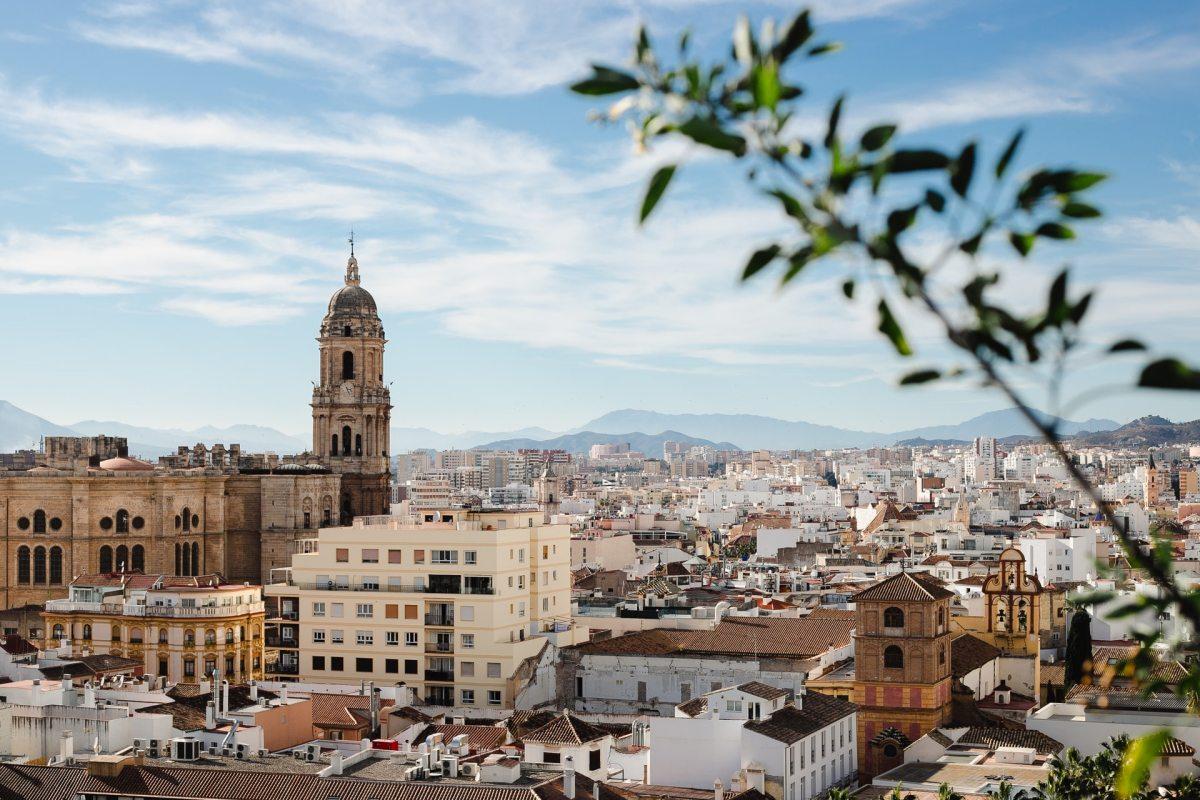
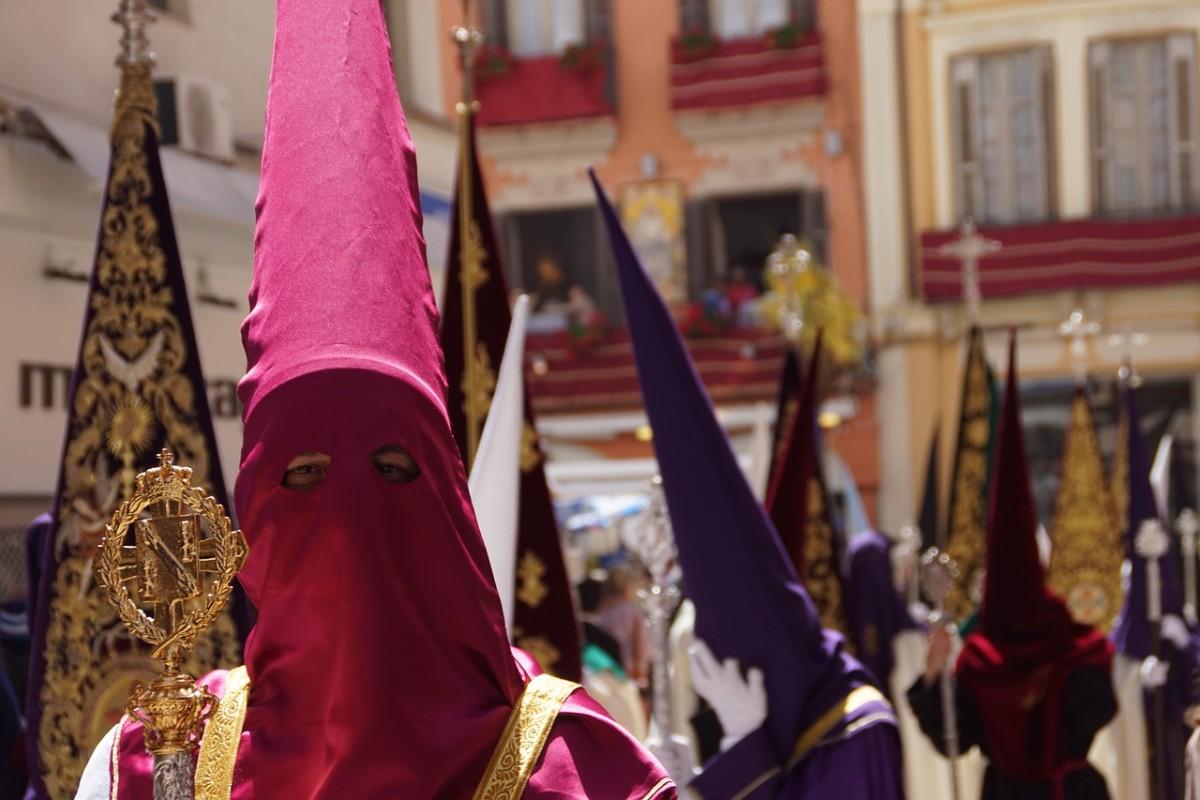
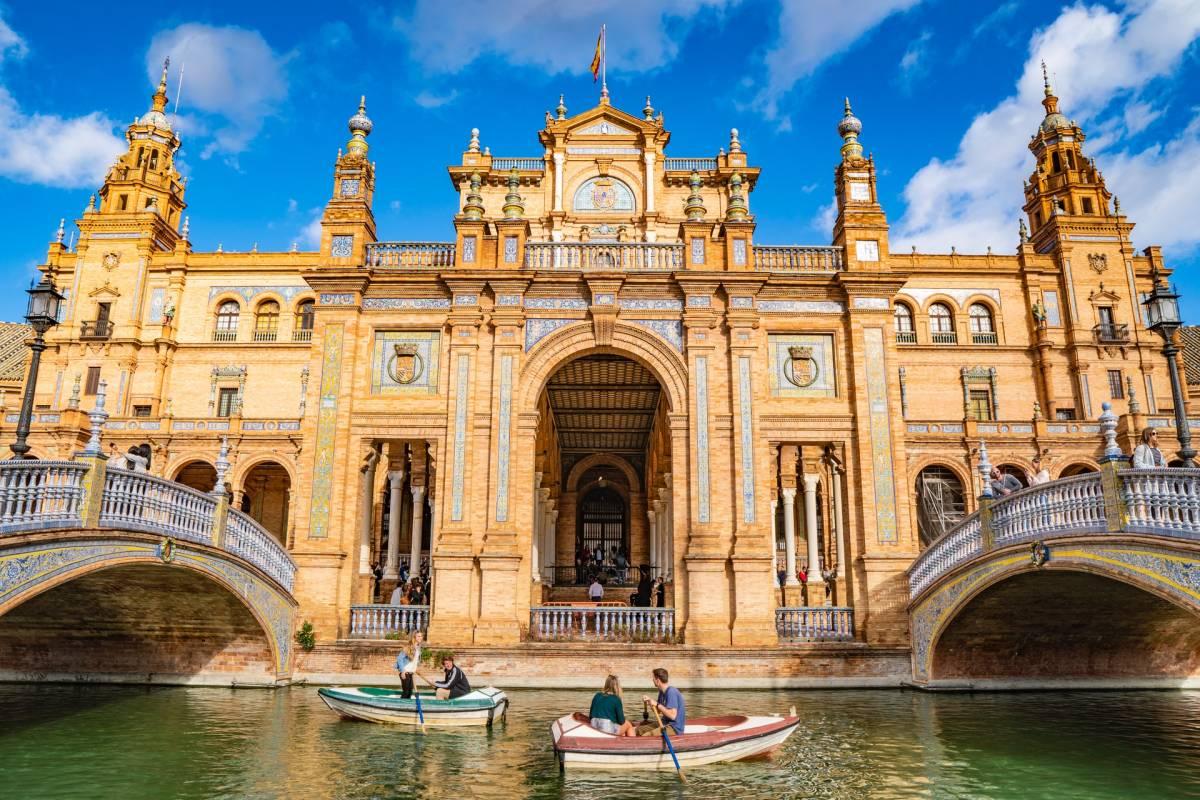
Good and needed definitions.
You need to hire a better proofreader – It is Carlos Montoya – not Montoyo. All your hard work and get screwed up by a typo…
Woops, thanks for pointing this out, typo!